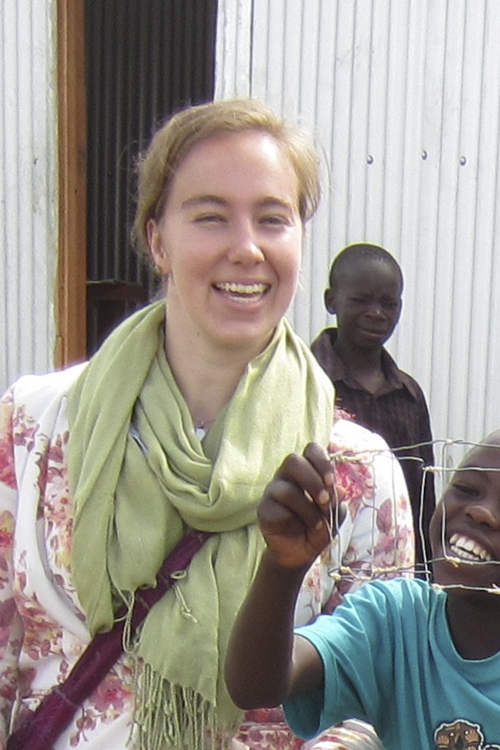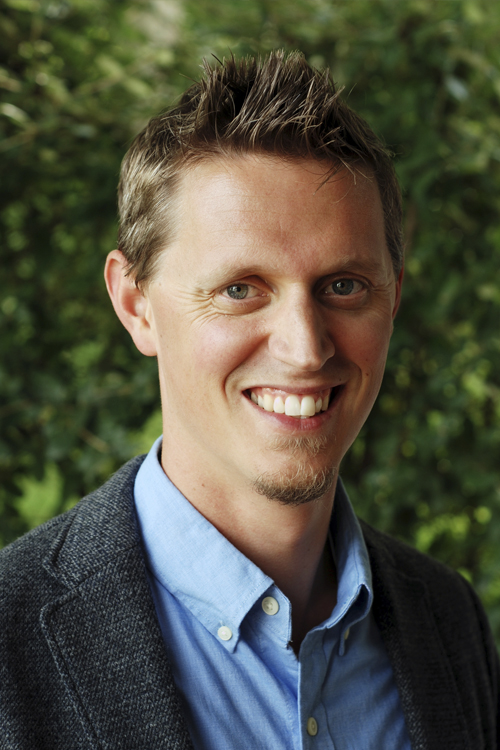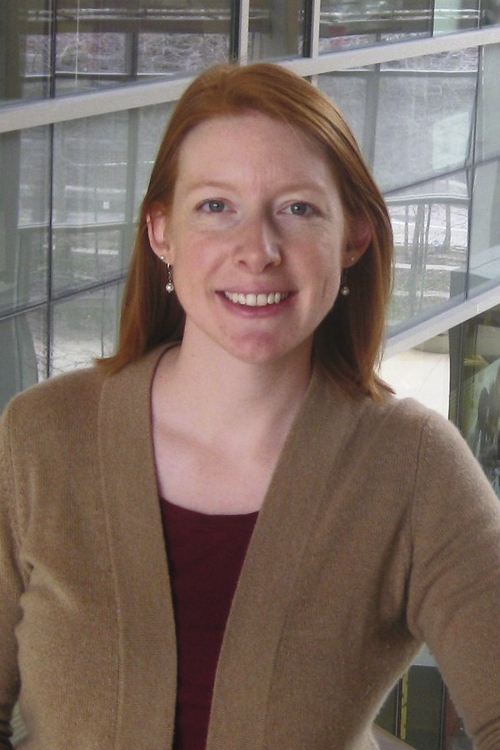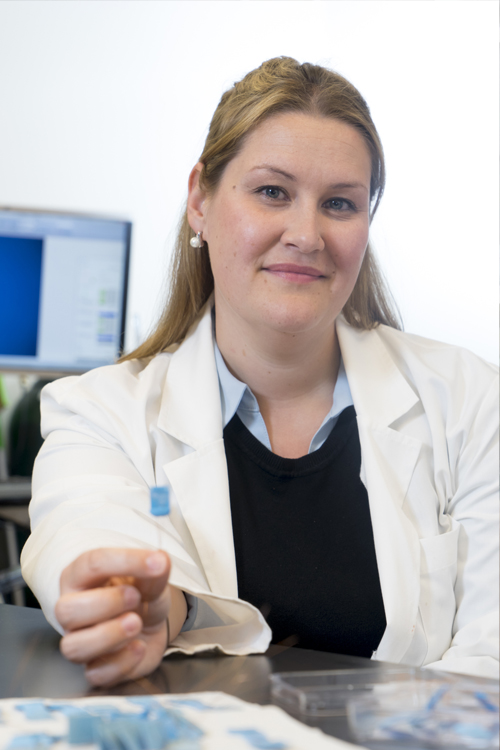Funding innovation 2015 NSF CAREER awards fund innovation in the classroom and laboratories
Funding innovation
| Subtitle: | 2015 NSF CAREER awards fund innovation in the classroom and laboratories |
|---|---|
| Magazine Section: | New Faculty Profile |
| Article Type: | Feature |
| Feature CSS: | background-position: 20% 30%; |
| Page CSS: | #main-content .image {
margin-top: 90px; margin-bottom: 0; } @media only screen and (max-width: 767px) { #main-content .image { margin-top: 28px; height: 440px; overflow: hidden; } #main-content .image img { position: relative; top: -20px; } } |
Six Purdue Engineering faculty members have received 2015 National Science Foundation (NSF) Faculty Early Career Development Program (CAREER) awards to integrate cutting-edge research with teaching or community outreach programs.
Jennifer DeBoer
Jennifer DeBoer, assistant professor of engineering education, has received $500,000. Her research proposes to push research and practice to better serve all varieties of engineering students in online engineering courses. The study will analyze underrepresented and high-attrition student groups independently, track the importance of independent student behavior in learning outcomes, and study both domestic and international online-based learning. Advanced regression techniques will be used to understand how theses factors affect student success. Additionally, DeBoer will collaborate with four introductory engineering courses for the project. Few previous studies have focused on online learning outcomes for this particular student subset. She hopes to improve online engineering courses for high-attrition students. DeBoer’s research will also consider the implications of the results on future design of educational policy.
Morgan Hynes
Morgan Hynes, assistant professor of engineering education, has received $505,375. Hynes will investigate how grade 5-8 students’ engagement in and perceptions of engineering are influenced by personally tailored engineering challenges. By encountering engineering in broader contexts, Hynes hypothesizes more students will become personally interested in engineering, particularly among underrepresented groups. Hynes hopes this will increase interest in engineering careers. The research is composed of three studies: an interview study used to create a baseline of students’ interests; a classroom simulation study that investigates students’ engagement in the interest-based curriculum; and an implementation study that situates the curriculum in real classrooms. Long-term, the research will inform the design and delivery of engineering education. Hynes will use quantitative and qualitative methods to collect and analyze data.
Alejandra Magana
Alejandra Magana, assistant professor of computer and information technology in the Purdue Polytechnic Institute and assistant professor of engineering education, has received $500,000. Her research seeks to understand and enhance the teaching of modeling and simulation skills in engineering education. Magana’s research will identify and validate pathways that help students master those skills and achieve workplace readiness. The project will address several research questions about how students understand model-based reasoning and problem solving in the context of model and simulation education. The broader significance of this project is in the way it can increase the chances for engineering discovery and innovation success. She hopes it will help the nation better understand the role of modeling and simulation in engineering breakthroughs.
Peter Bermel
Peter Bermel, assistant professor of electrical and computer engineering, has received $500,000. His research concerns photonics for energy applications like thermophotovoltaics (TPV), which convert heat to electricity. Bermel will develop a highly innovative approach to improve TPV efficiencies called thermo-photonics (TPX). TPX works by limiting thermal photon emission to energies matching the photovoltaic cell. TPX can increase the efficiency of TPV converters by up to 50 percent. Additionally, TPX uses existing silicon photovoltaic technology, making it easy to integrate into existing manufacturing techniques. The long-term career objective of the research is to integrate photonics-based approaches to harvesting waste heat with the education of future engineers through simulation-based learning. Simulation modules will be developed at Purdue’s nanoHUB and disseminated to educators, students and researchers around the world.
Kendra Erk
Kendra Erk, assistant professor of materials engineering, has received $500,000. Her research is on the chemical and physical structure of hydrogel-based curing agents for high-performance concrete. The project will use rheophysical experiments to identify how hydrogel-based curing agents are influenced by the concrete, the pore fluid and its own structure. The experiments include advanced imaging of early microstructural changes in concrete and the production of custom-synthesized composite hydrogels. Erk’s research will result in a better understanding of how to cure high-performance concrete, allowing for aging U.S. infrastructure to be replaced with cheaper, environmentally friendly concrete that also has an increased lifetime over existing concrete. This research also will provide engineering students with the multidisciplinary education required to overcome current and future barriers in infrastructure materials.
Rebecca Kramer
Rebecca Kramer, assistant professor of mechanical engineering, has received $505,000. Her research is on an additive manufacturing process using liquid metal. The project has the potential to enable a new class of stretchable electronic devices that could have applications in soft robotics, active orthotics and wearable interfaces. Medical applications — such as monitoring or assistive devices — are a further possibility. Kramer’s project will create stretchable composite materials with electronic functionality by printing liquid metal traces in elastic polymers. The resultant composite material is expected to retain both the function of rigid metal conductors and the highly deformable properties of the plastic matrix. The new manufacturing techniques developed will bridge the gap between established liquid processing and the processing of emerging soft functional materials.






